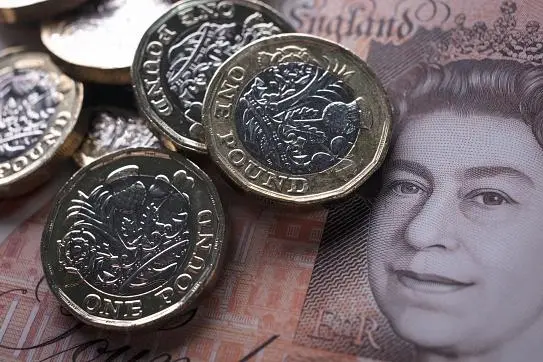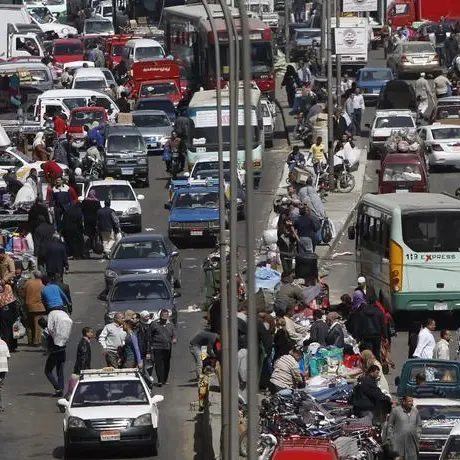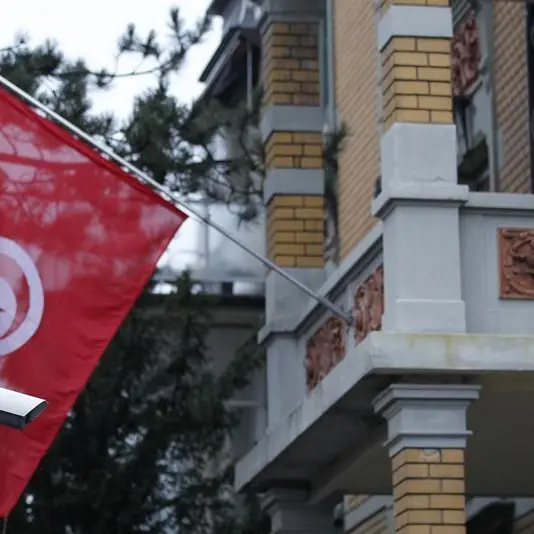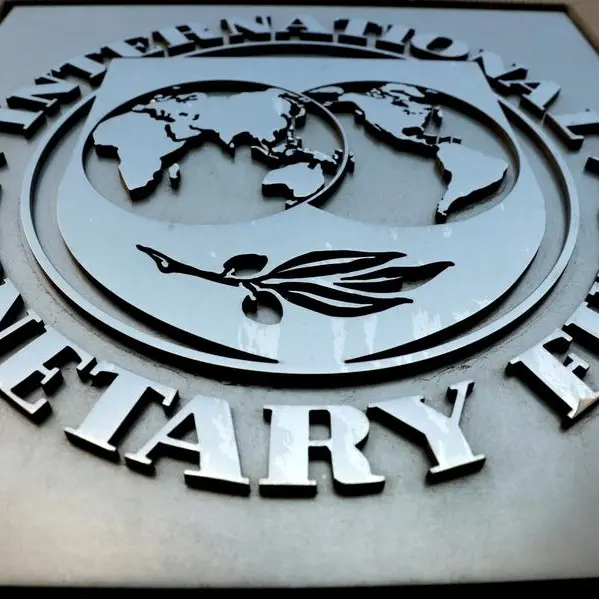PHOTO
LONDON - Sterling is being whiplashed by Brexit headlines and Brexit headlines only these days, it seems. This is understandable, but the currency's fate next year will be determined by global economic conditions, which may be about to deteriorate.
This is a scenario that doesn't necessarily weaken the pound: the Fed could be forced to halt its rate-raising campaign if the U.S. economy rolls over, reducing the dollar's yield advantage over all major currencies, including sterling.
It's worth bearing this in mind, especially in light of the latest wave of headlines that have followed Prime Minister Theresa May's securing of a European Union divorce deal. The proposal now awaits parliamentary approval.
To be sure, Brexit has already taken its toll on sterling, and Britain hasn't even left the EU yet. It has fallen 10-15 percent since the referendum in June 2016, and is one of the worst-performing major currencies this year.
Britain is already expected to be the most sluggish economy in Europe next year along with Italy, growing just 1.2 percent, according to the European Commission, and likely to be one of the weakest of all developed economies.
This raises questions over how far the Bank of England will raise interest rates. The Bank has indicated it will tighten policy next year but investors are bound to cast doubt on that if, as expected, global growth falters.
With its relatively large current account deficit, high inflation and low real interest rates, Britain is a "high beta" economy, meaning it outperforms in good times and underperforms in bad. Its open economy is more exposed to global conditions than most, and the UK stock market is more geared to export-dependent firms than many others.
As Standard Bank's Steven Barrow points out, British exports and imports account for around 62 percent of GDP compared with a global average of around 55 percent. This makes the UK economy more vulnerable to slowing global growth and trade disruptions.
In Bank of America Merrill Lynch's latest monthly fund manager survey, 44 percent of respondents said they expect global growth to slow in the next year, the gloomiest outlook on the world's economy since November 2008.
THE POUND ALSO RISES?
There are some signs Britain has weathered the brewing economic storm, certainly the European economy's surprisingly weak performance this year. European PMIs have slowed markedly, euro zone GDP is expanding at its slowest pace in four years and the German economy contracted in Q3. Yet the UK economy has held up well.
Until now, that is. There is reason for caution: business investment is falling at its fastest rate in a decade, the housing market is slowing - especially in London - and the labour market is probably as tight as it is going to get.
Money market traders expect the BoE to raise rates once next year after Britain officially leaves the EU on March 29. Governor Mark Carney said rates might have to rise a bit faster than that because a hit to supply chains and possible trade tariffs will lift inflation even further above target.
Analysts at UBS predict two BoE rate hikes next year, but even they say the Bank will have to turn more cautious in 2020 as the economy loses momentum. Which begs the question: why tighten that much in the first place, if at all?
All else being equal, no move at all from the Bank could help to push the pound back down towards $1.20 from $1.30 currently. But, equally plausibly, sterling could rise towards $1.40 if the Fed doesn't follow through on the rate hikes it is expected to deliver.
The U.S. economic expansion is the second longest in history, and will become the longest if it continues through June next year. This is likely, but the headwinds are also getting stronger.
A U.S. recession in 2019 isn't the consensus view by any stretch, but economists attach a 20-30 percent probability to that unfolding in 2020. It's worth remembering, however, how bad economists and markets are at predicting recessions.
The Fed seems committed to its rate-raising path for the remainder of 2018 and beyond to at least what it considers a neutral level, around 3 percent. Money markets currently predict a rate hike next month and another two next year.
But should the Fed pause, the dollar is likely to lose steam and sterling should rise. Analysts at Nomura reckon it could eventually rise as high as $1.50, and Stephen Jen at Eurizon Capital doesn't rule out $1.55.
"Sterling is one of the most undervalued currencies in the world. It's going up," Jen said.
(By Jamie McGeever, editing by David Stamp)
© Reuters News 2018












